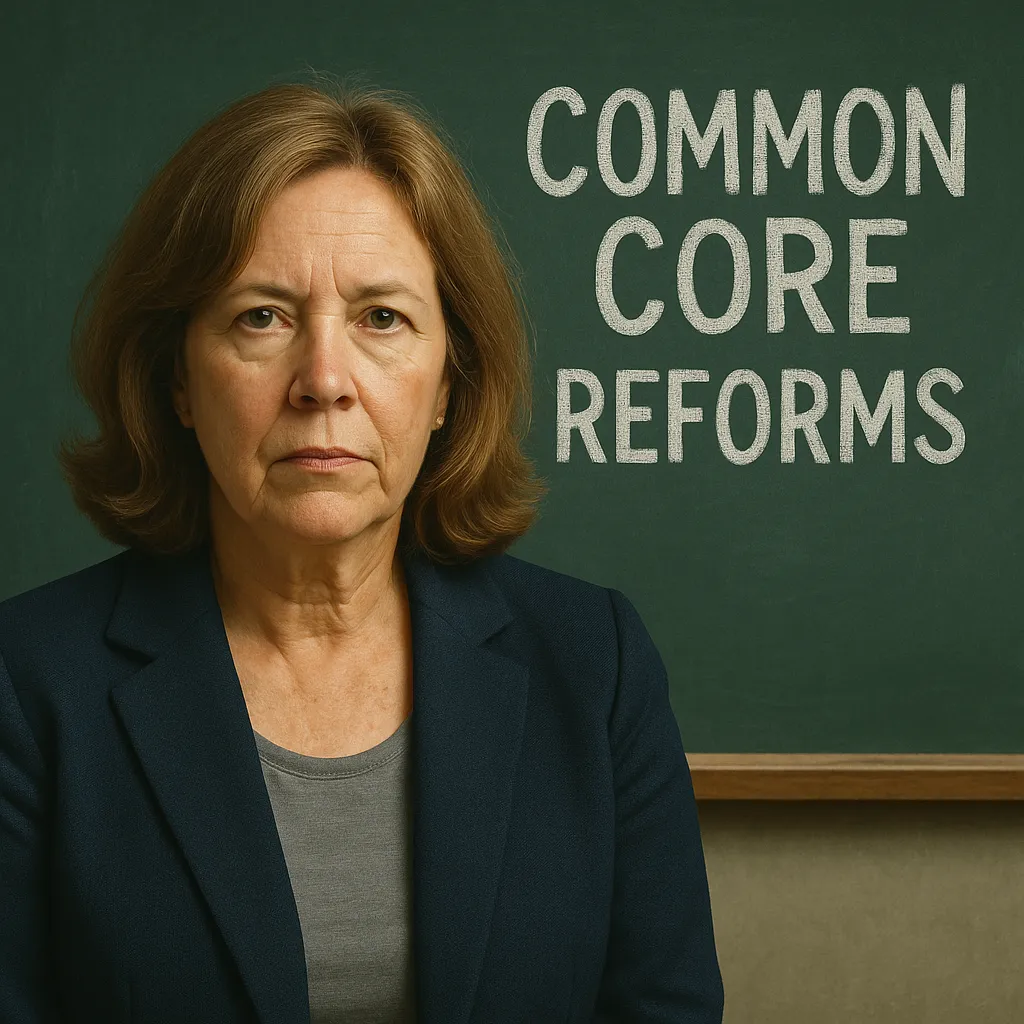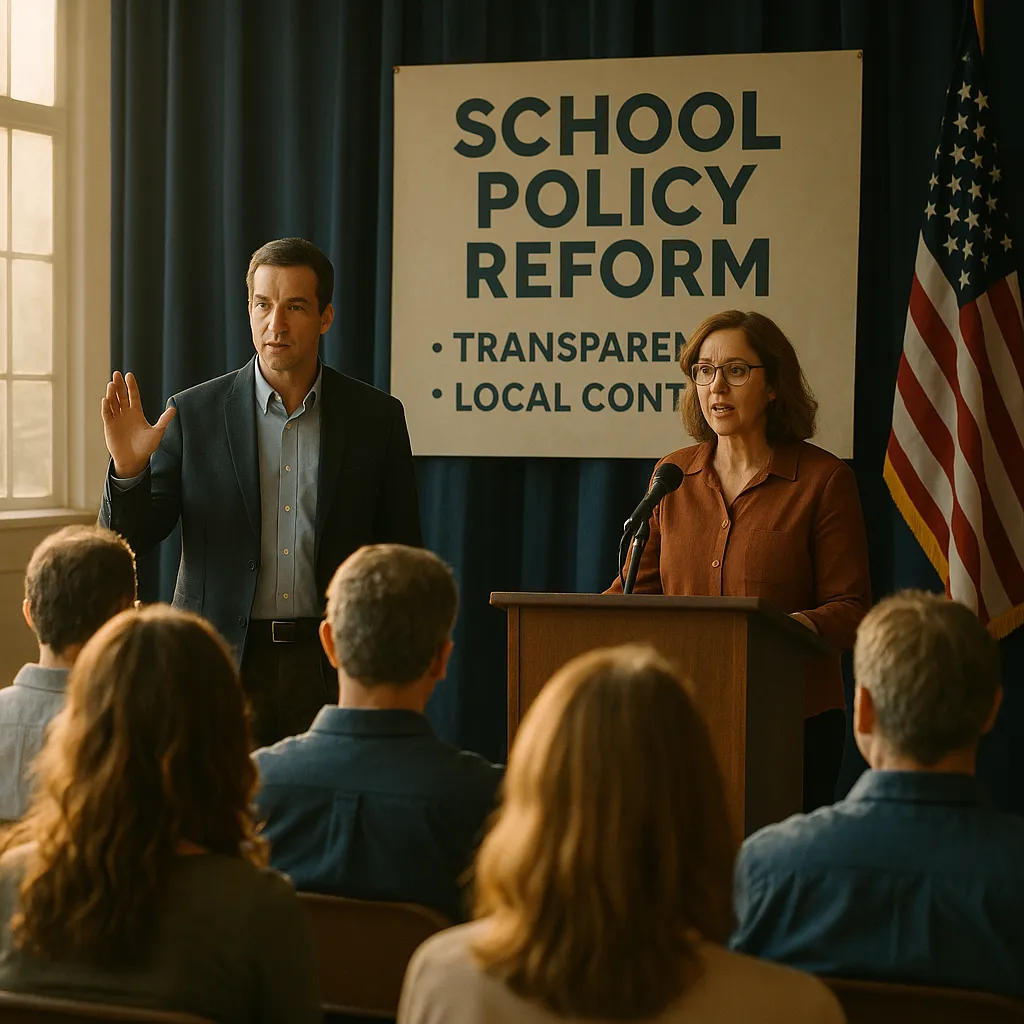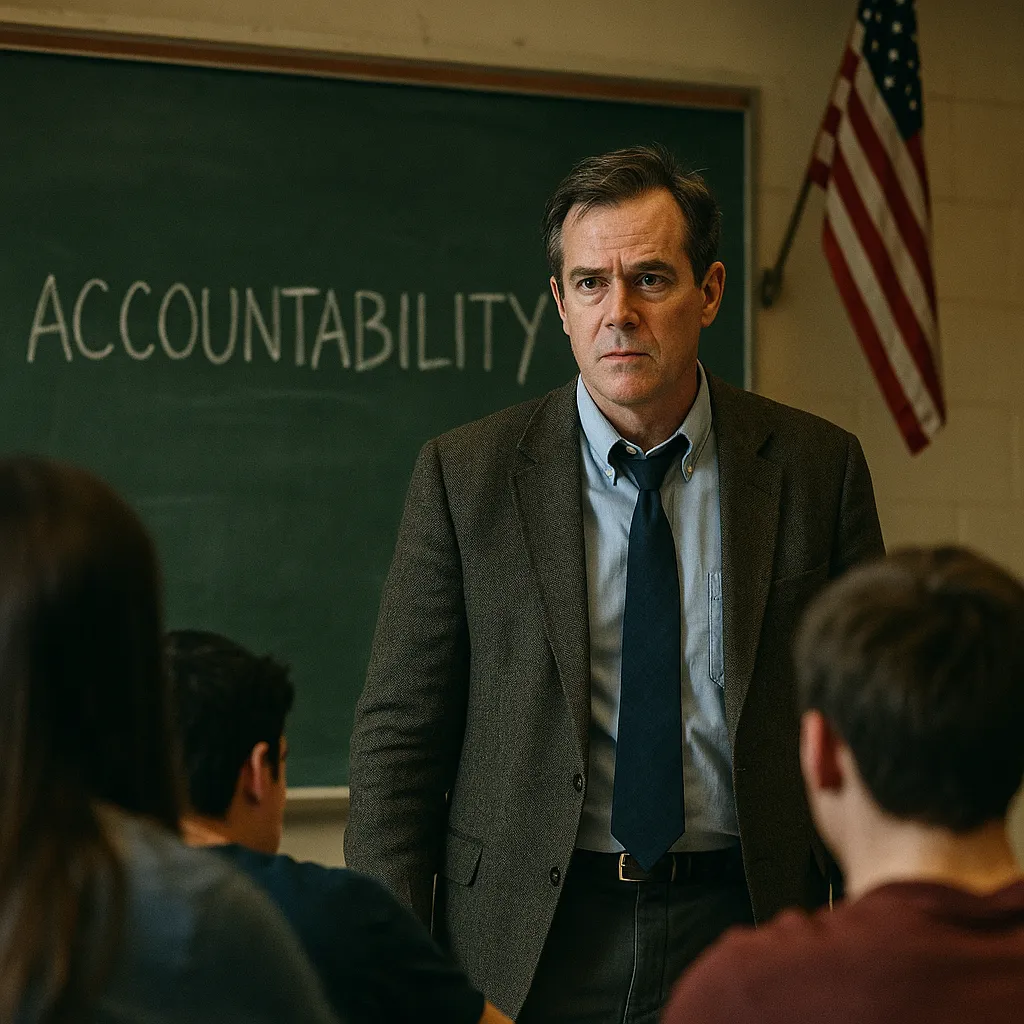In today’s battleground of U.S. education policy, a few names keep coming up—not as part of the establishment enforcing top-down mandates, but as those challenging the very core of it. One of those names is Carol Burris, whose sharp critiques in the Washington Post have made waves in the ongoing debate over standardized education. As school boards and districts wrestle with test scores, mandates, and classroom morale, Burris—along with allies like Ellen Lubic and Chrissy Delakas—offers a powerful, grounded voice pushing back against the tide.
They’re not just opponents of Common Core or critics of bureaucracy. They’re veteran educators, parents, and activists who’ve watched classroom dynamics erode under pressure from corporate-driven reforms and data-obsessed accountability models.
From Classroom to Columnist: Who Is Carol Burris?
Carol Burris Washington Post readers know her as a fearless critic of the Common Core, but her credibility didn’t start in newsprint—it started in classrooms. Burris worked her way up from teacher to principal at South Side High School in Rockville Centre, New York. Her leadership earned her awards such as New York State High School Principal of the Year and Educator of the Year from the School Administrators Association of New York State.
Yet her national reputation comes from something less formal: her bold, unfiltered articles in the Washington Post’s Answer Sheet blog. There, Burris dismantles the Common Core’s promises of academic rigor and fairness, calling out not just the content of the reforms, but the flawed process by which they were designed and implemented.
As Burris put it:
“The Common Core has moved us further from thoughtful instruction and closer to a mechanical process of skills delivery that devalues human complexity.”
She argues that what was intended to raise standards has, in practice, narrowed education and crushed teacher autonomy.
Breaking Down Common Core’s Fault Lines
Introduced in 2010 and initially adopted by 45 states, the Common Core promised streamlined academic standards in math and English. But critics like Carol Burris Washington Post have highlighted a different reality—one where:
- Teachers were excluded from designing the standards.
- Student diversity was overlooked, making a one-size-fits-all approach unworkable.
- High-stakes testing became a blunt instrument for teacher evaluations and funding decisions.
The reforms came with the Value-Added Model (VAM), a metric that rates teacher performance based on student test results. According to Burris and many others, this model incentivized “teaching to the test,” discouraged innovation, and increased burnout. Instead of thoughtful lessons, teachers were handed pacing guides and rubrics. Instead of collaboration, competition for test scores took over.
Ellen Lubic: Holding Power to Account
While Burris dominates public conversation, Ellen Lubic has taken a quieter—but no less impactful—approach. As director of Public Education Advocates in Los Angeles, she’s a veteran of two decades of behind-the-scenes policy work.
Ellen Lubic tracks budget allocations, critiques legislative proposals, and publishes reports dissecting the corporate interests behind reform policies. In one forum on educational equity, she stated:
“The very idea that a child’s success can be captured in a bubble test score is both bad science and bad ethics.”
Her watchdog approach has helped expose how test results have been weaponized to justify cutting resources from schools already under pressure. In California, she has stood firmly against privatization efforts and the misuse of standardized data as a cost-cutting tool. What Burris brings in passion and prose, Lubic matches in spreadsheets and hearings.
Both share one fundamental belief: education should not be governed by algorithms or outsourced to companies unfamiliar with a real classroom.
Chrissy Delakas: Parent-Led Revolt from the Ground Up
Enter Chrissy Delakas, whose story adds a personal, community-based dimension to this fight. A New York parent turned advocate, Delakas started small—asking questions at PTA meetings when her children came home visibly stressed by endless practice tests. Those questions evolved into action. And that action turned her into a well-known name in New York’s opt-out movement.
Chrissy Delakas rallied parents to withhold their children from standardized state tests as a form of protest. Her efforts escalated into town hall meetings, public campaigns, and even local school board involvement. She made it clear that this wasn’t just about test scores—it was about mental health, real learning, and childhood itself.
In one radio interview, she said:
“I don’t want my kids to be part of someone’s political data model. I want them to learn to think, explore, and grow—not just to score points.”
By bringing Burris’s research to family dinner tables and Lubic’s policy insights to community flyers, Delakas bridges the gap between theory and reality. She’s made resistance personal and powerful.
Shared Beliefs, Different Arenas
What unites Carol Burris, Ellen Lubic, and Chrissy Delakas isn’t a shared job title or party line—it’s a shared refusal to let education be reduced to statistics.
Here’s what they stand for:
- Empowered teachers: Trust in educators’ ability to make decisions for their classrooms.
- Equity before efficiency: Prioritizing the needs of underserved students, English language learners, and those with disabilities.
- Holistic assessment: Moving beyond multiple-choice tests to evaluate students meaningfully.
Each of them fights from a different angle—Burris through national commentary, Lubic in legislative detail, and Delakas at the grassroots. But together, they’ve shifted the narrative. They’ve turned the “Common Core debate” into a broader demand for humane, community-led education.
What’s Changing—and What Still Needs to
Thanks to the work of activists like Burris, Lubic, and Delakas, school boards across the U.S. are rethinking their policies. Some districts in New York have rolled back test-based promotion requirements. Others are experimenting with alternative assessments and teacher-led evaluations. These aren’t sweeping changes—yet—but they’re movement in the right direction.
Educators are reclaiming space to innovate. Parents are asking sharper questions. Local leaders are more aware of the real costs of policy imposed from above.
But the fight isn’t over. Corporate-backed reforms still dominate federal conversations. Data-based funding formulas are still standard. And teachers remain under intense pressure to deliver results, often at the expense of authentic instruction.
More Than Just a Headline
“Carol Burris Washington Post” isn’t just an SEO phrase. It’s a marker of how far the education resistance movement has come—and how far it still needs to go. Joined by Ellen Lubic’s tireless policy work and Chrissy Delakas’s real-world advocacy, Burris helps form a trifecta of pressure from inside, above, and below the system.
They aren’t just opposing a policy. They’re calling for an education that values complexity, connection, and care over conformity.
Their message is this: If we’re going to build schools that actually serve children, we need to stop listening to spreadsheets—and start listening to the people who live in those classrooms every day.


